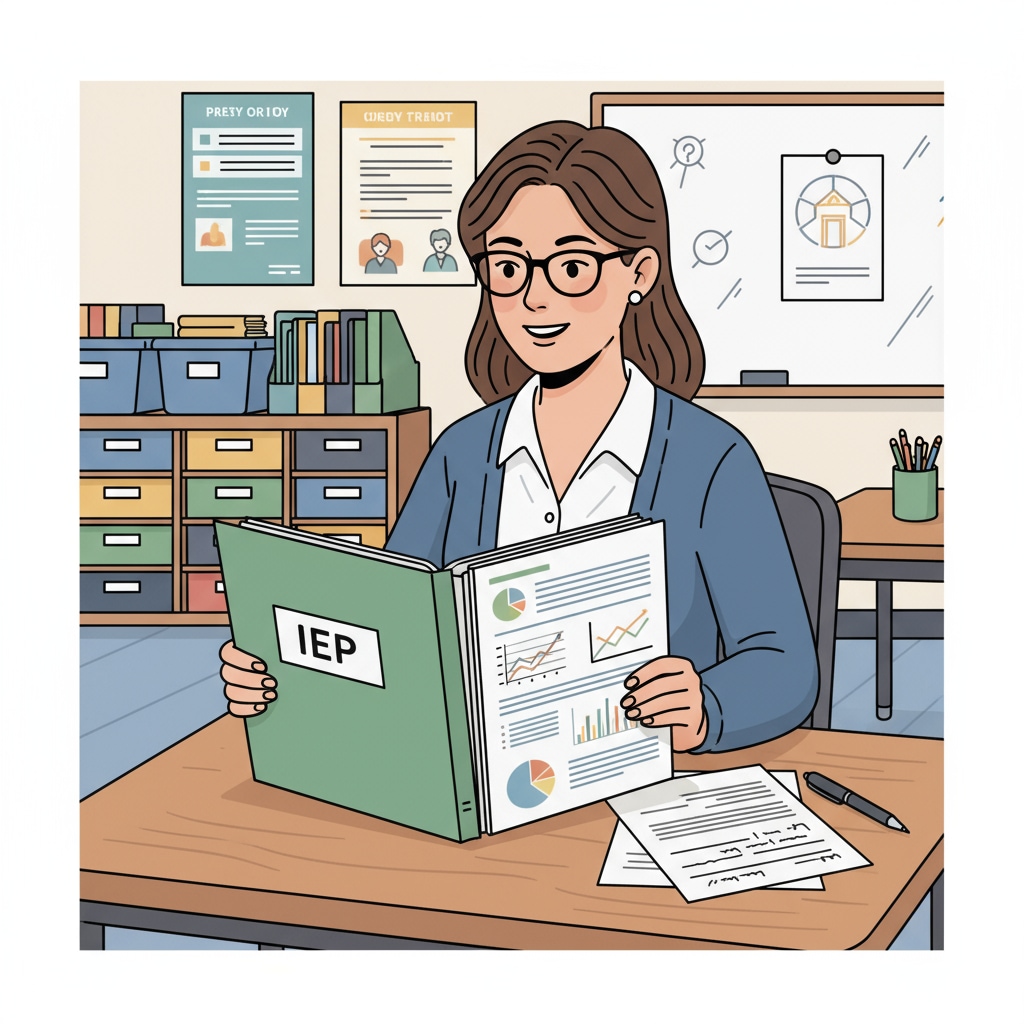In the field of special education, the challenge of understanding IEP (Individualized Education Program) files is a significant hurdle that many educators face. These files, which are meant to be the cornerstone of individualized instruction, often lead to confusion and frustration among frontline professionals. Let’s take a closer look at the issues and possible solutions.

The Complexity of IEP Documents
IEP documents are filled with a plethora of information. They contain details about a student’s present levels of academic achievement, functional performance, goals, and the services they are entitled to. For example, the section on present levels might include data from various assessments, which can be difficult to decipher. According to Understood.org, these documents are often written in technical language, making it hard for educators without a strong background in special education assessment to understand. This complexity can lead to misunderstandings about a student’s needs and how best to address them.
Interpretation Discrepancies
Another aspect of the challenge is the differences in interpretation. What one educator might consider a clear goal in an IEP, another might see as ambiguous. This can occur because of varying levels of experience and training. As a result, the implementation of the IEP can vary widely from classroom to classroom. The Council for Learning Differences emphasizes that consistent interpretation is crucial for students to receive the appropriate support. Without it, students may not make the progress they should.

To overcome these challenges, professional development is key. Educators need training on how to read and interpret IEP documents effectively. This could include workshops on assessment data analysis and goal setting. Additionally, creating a collaborative environment where educators can discuss and clarify their understanding of IEPs can lead to more consistent implementation. In conclusion, by addressing the complexities and interpretation issues, special education educators can better utilize IEP files to meet the unique needs of their students.
Readability guidance: The text uses short paragraphs to present information clearly. Lists could be further incorporated in future expansions. Passive voice is minimized, and transition words like “for example”, “as a result” are used to enhance flow.


